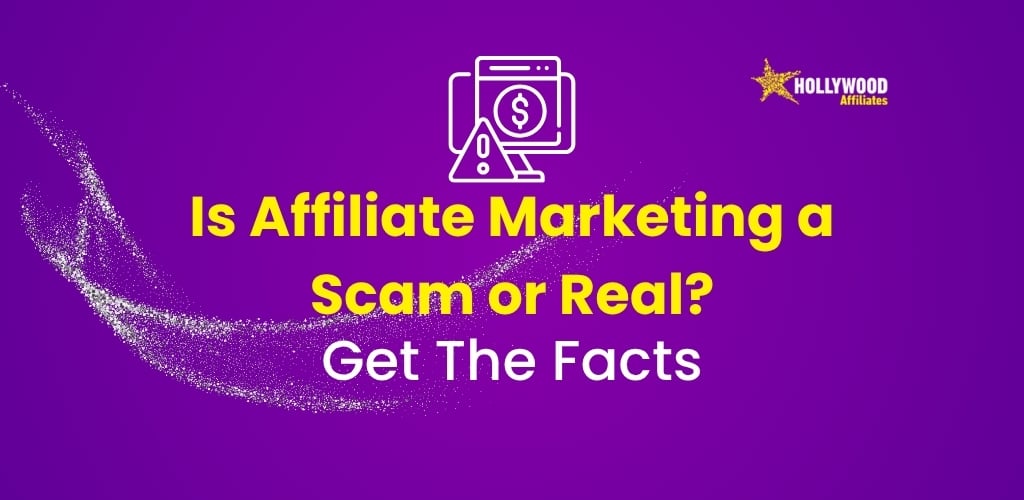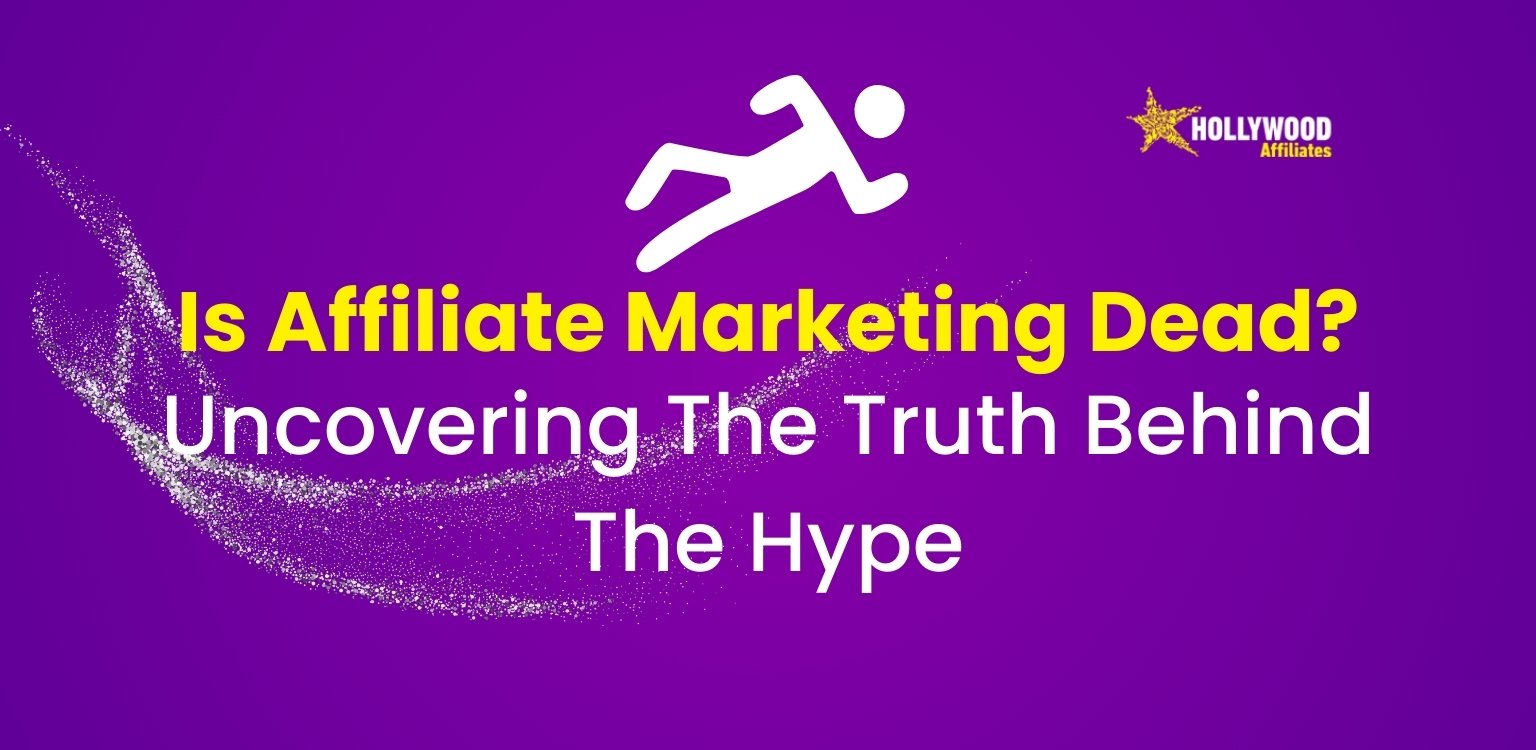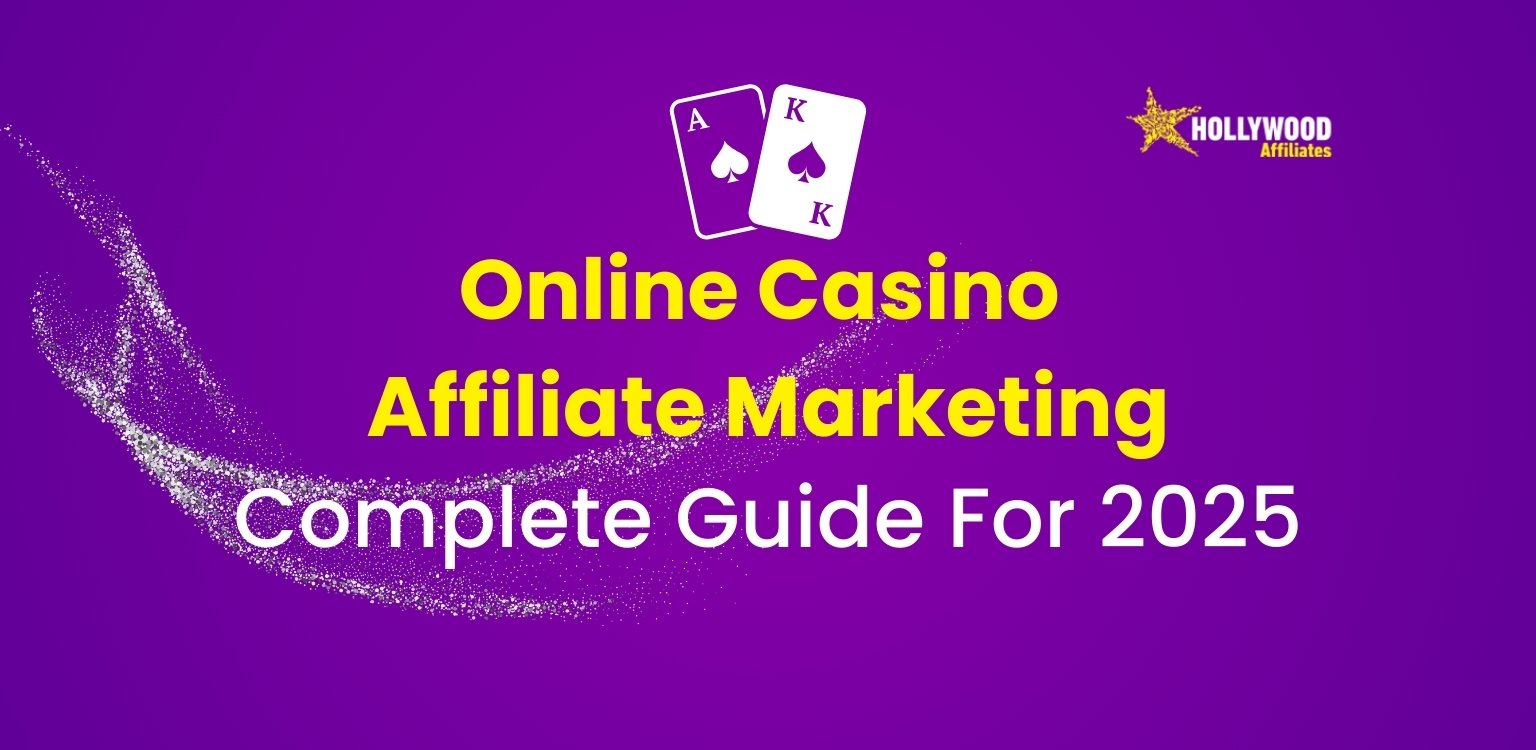What is CPL in Affiliate Marketing? This is What it Stands for
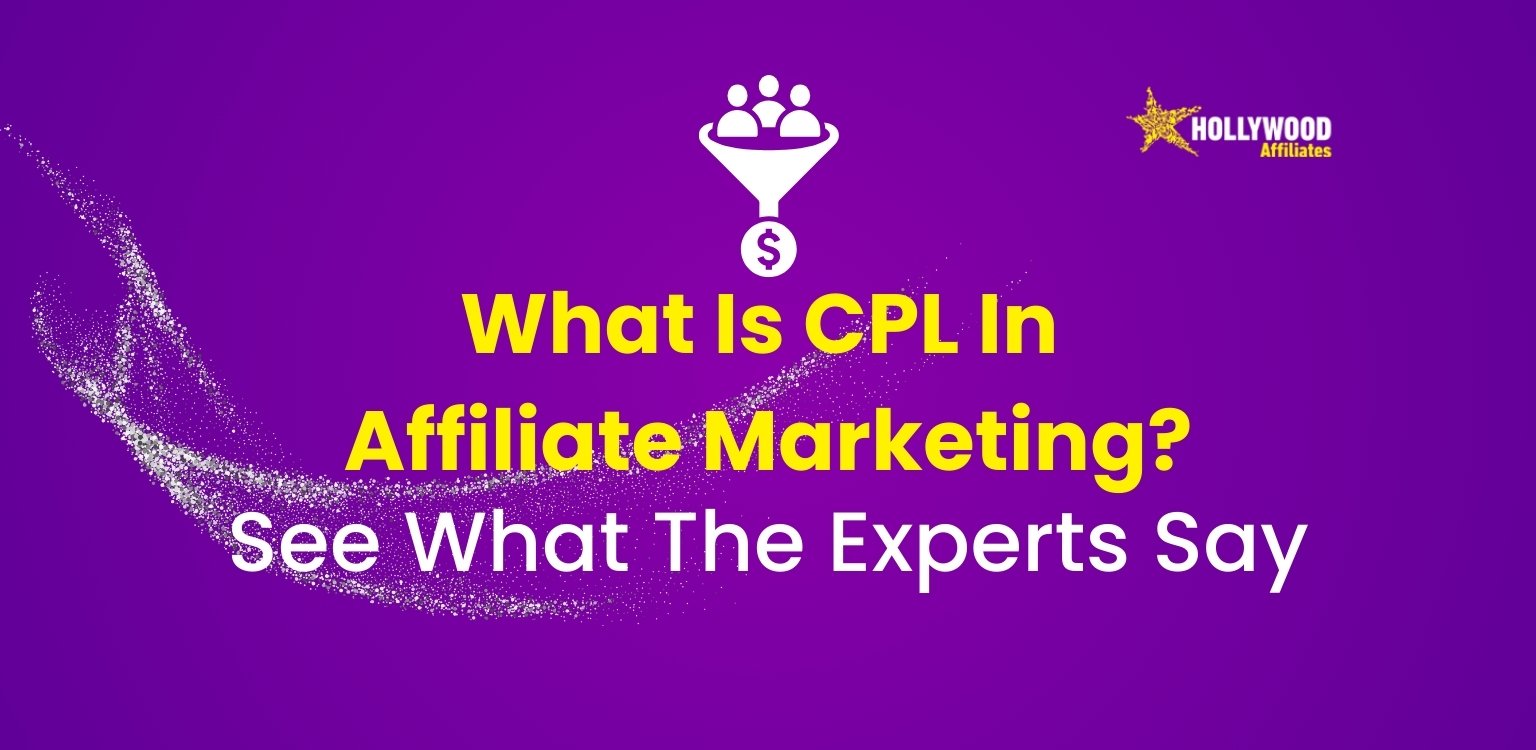
Table of Contents
- What is CPL in Affiliate Marketing
- How CPL Works in Digital Marketing
- What are the Benefits of CPL in Affiliate Marketing
- What do the Experts say about Effective CPL Strategies
- Common Issues in CPL Affiliate Marketing Campaigns
- Getting Started with CPL Affiliate Marketing
- Optimising Your Affiliate CPL Campaigns for Best Performance
- CPL vs. Other Affiliate Marketing Models
- Successful CPL Campaign Management Tools
- The Future of CPL Affiliate Marketing
- Frequently Asked Questions
What is CPL in Affiliate Marketing?
CPL stands for Cost Per Lead. In affiliate marketing, it is a payment model based on performance. It indicates how much advertisers pay, on average, to acquire a new lead. CPL is one of several commission models used in affiliate marketing. Here’s a simple breakdown of how affiliate marketing works to see where CPL fits in.
CPL differs from other models because it pays marketers to gather information from interested consumers. This is often done through email sign-ups, free trials, or filling out forms.
The advantage of the CPL model is that it balances risk and reward. Advertisers only pay when potential clients show real interest by sharing contact details. Affiliates earn commissions without needing to push for purchases, which can be harder.
How CPL Works in Digital Marketing
In today’s competitive digital marketing world, knowing the different compensation models gives you an edge. The CPL model benefits both advertisers and affiliates by focusing on lead generation rather than direct sales.
Here’s how it works:
- An affiliate marketer promotes a product through channels like content marketing, social media, or email.
- Interested users click on the advertiser’s landing page.
- The user fills out a lead form with their contact details.
- The affiliate receives a commission for the lead generated.
- The advertiser gains a new prospect to nurture using their sales process.
To find your Cost-Per-Lead, apply the formula:
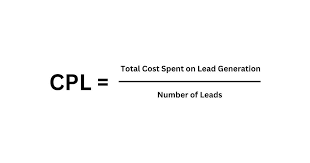
For instance, if your campaign is $2,500 and it brings in 125 leads, then your CPL is $20 per lead. Tracking this metric allows you to assess campaign performance and refine your conversion rate over time.
What are the Benefits of CPL in Affiliate Marketing
CPL advertising provides a number of powerful benefits that appeal to both advertisers and affiliates:
For Advertisers:
- Reduced Financial Risk: The advertiser is only charged for a lead produced, making marketing costs more predictable compared to impression-based models.
- Quality-Based Strategy: Affiliates are paid for each lead. They, therefore, have an incentive to generate quality leads.
- Customer Database Creation: CPL campaigns enable companies to create useful customer databases in upcoming marketing campaigns.
- Budget Predictability: As there are familiar costs of leads, budgeting becomes easier.
- Better ROI Measurement: It is easier to measure marketing performance when you know exactly how much it takes to bring in each prospective customer.
For Affiliates:
- Lower Conversion Barrier: Leads tend to convert at a higher percentage than selling and, therefore, are easier for one to earn a commission on.
- Stable Revenue: CPL provides more stable earnings potential than models based on completed purchases.
- Quick Commissions: Affiliates don’t need to wait for customers to buy or stay subscribed for specific time frames.
- Broader Product Line: Certain products with long sales cycles are more amenable to CPL than direct sales models.
What do the Experts say about Effective CPL Strategies?
Industry professionals always stress that effective CPL campaigns rely to a great extent on targeting and qualification processes.
“The true value in CPL marketing is not always about acquiring any lead—it’s about acquiring the right leads,” digital marketing consultant Rebecca Chen says. “Affiliates that truly grasp the advertiser’s ideal customer profile and focus their efforts on it consistently enjoy greater earnings and renewal rates from advertisers.”
Marketing planner Michael Wilson adds, “Savvy advertisers always consider customer lifetime value when pricing CPL. That $50 lead might seem expensive until you realise those customers have an average lifetime value of $750. Context plays a huge part in CPL campaign creation.”
Email marketing specialist Amanda Johnson advises, “The landing page experience is very important in CPL campaigns. Simple design, concise value propositions, and a few form fields greatly improve conversion rates. Each additional field you include on a form will generally reduce conversions by 4-8%.”
Common Issues in CPL Affiliate Marketing Campaigns
While CPL is seen as a win-win for all parties, CPL affiliate marketing also has its share of challenges that marketers need to be aware of:
Lead Quality Problems: Not all leads are equal. Some affiliates may emphasise quantity over quality to maximise commissions, which can result in low-quality leads that never convert. This can waste the sales team’s time and resources. High-quality traffic sources can make or break your CPL campaign. Here are the top traffic sources for affiliates in 2025
Solution: To reduce poor leads, establish clear qualification criteria, which include lead scoring programmes, and explore multi-tiered payment models that compensate for more qualified leads.
Tracking and Attribution Problems: It is challenging to accurately credit which affiliate delivered which lead, especially in campaigns with large volumes of touchpoints or lengthy consideration periods.
Solution: Invest in tracking software and have clear attribution models to give fair commission payouts.
Conversion Rate Optimisation Problems: Converting traffic to complete lead forms requires optimised landing pages and compelling offers. Low conversion rates can make your CPL significantly higher-priced.
Solution: Continuously test different landing page elements, form designs, and lead magnets to optimise conversion rates.
Fraud Prevention: Some unethical affiliates will try to rig the system by reporting fake leads or using bots to fill out forms.
Solution: Use verification procedures, CAPTCHA systems and lead validation processes to reduce fraudulent submissions.
Getting Started with CPL Affiliate Marketing
If you are prepared to use CPL in your affiliate marketing, here are the steps to take:
1. Define Your Ideal Lead: Be specific
Clearly outline what a qualified lead is for your business, including demographic information, behavioural indicators, and interest levels.
2. Set Accurate Rates
Match industry benchmarks and determine what you can afford to pay according to your conversion rates, lifetime value of the customer, and margins. Different verticals often pay different CPL rates, depending on the value of a lead. You can learn more about affiliate marketing verticals here
3. Create Conversion-Focused Assets
Create landing pages and lead capture systems that are optimised for conversion and cut out poor prospects.
4. Select the Appropriate Affiliate Network
Partner with affiliate networks that handle your niche or that possess affiliates with lead generation experience in the same or similar products or services. The niche you choose affects how much a lead is worth. Here’s a step-by-step guide to picking the right niche.
5. Use Solid Tracking
Ensure that you have robust systems in place to trace leads back to their original affiliate and measure performance throughout the customer’s journey.
6. Introduce Quality Control Measures
Establish procedures to check the quality of leads, avoid fraud, and maintain adherence to data protection laws.
Optimising Your Affiliate CPL Campaigns for Best Performance
To make the most of your CPL marketing, use these optimisation methods:
Test Various Lead Magnets
Try different incentives like e-books, webinars, free trials, or discount codes and see what best appeals to your target market and produces the most qualified leads.
Segment Your Affiliates
Collaborate more with affiliates that regularly produce quality leads. Incentivise them with additional resources, better commission structures, or special deals to motivate them to keep up the good work.
Refine Your Targeting
Utilise data analysis to determine which demographics, behaviours, and traffic sources drive the most qualified leads. Then, concentrate your efforts on these high-performing segments.
Optimise Your Landing Pages
Regularly test and optimise your landing page elements—headlines, images, form layout, and call-to-action buttons—to achieve optimal conversion rates and reduce your overall CPL.
Execute Lead Nurturing Sequences
Create successful follow-up sequences to turn leads into customers. This could be through email drip campaigns, remarketing advertisements, or follow-up processes for the sales teams.
CPL vs. Other Affiliate Marketing Models
Understanding how CPL stacks up against other models will help you choose the right model for your needs. We’ve listed the differences below to help you establish the pros and cons of each model.
CPA (Cost Per Action)
The advertiser pays for specific actions other than lead generation, including purchases, subscriptions, or downloads of apps. The model puts more risk on the affiliate but usually pays more commission.
CPC (Cost Per Click)
This model pays its affiliates for every click on their affiliate link, regardless of the ultimate outcome. This is easier to track but offers less correlation between affiliate payment and advertiser value.
CPM (Cost Per Mille)
This model bids based on impressions (typically per thousand impressions) and not necessarily any individual user action. That is fine for brand exposure but ensures zero interaction.
CPL is the in-between option—safer than CPC but less commitment from the consumers’ side than CPA programs. That makes it highly appropriate for longer sales cycles or more expensive products.
Successful CPL Campaign Management Tools
Several tools can help streamline your CPL marketing efforts:
- Lead Distribution Systems: Automatically direct leads to the respective selling teams based on territory, speciality, or other factors.
- CRM Software: Monitor and cultivate leads along the sales pipeline, with due follow-up and conversion optimisation.
- Fraud Detection Tools: Identify and remove duplicate or fraudulent leads before commissioning or wasting sales efforts.
- Analytics Platforms: Track campaign performance over a series of variables and optimise for improved results over time.
- A/B Testing Software: Experiment with various landing pages and lead forms to refine conversion rates continually.
The Future of CPL Affiliate Marketing
As digital privacy issues escalate and third-party cookies disappear CPL marketing will only increase in worth.
Lead generation-based first-party data capture presents a privacy-sensitive method of marketing database building with transparent value exchanges for the consumer.
Progressive marketers are already adapting by using progressive profiling, in which early lead forms ask for little information and later interactions ask for more based on shown interest and engagement.
Are You Prepared to Optimise Your Lead Generation Strategy?
CPL affiliate marketing provides a two-way solution for advertisers who need qualified leads and affiliates who need consistent commission opportunities. By mastering the subtleties of this model and following the strategies listed above, you can develop campaigns that provide high-quality potential customers at affordable acquisition prices.
Remember that CPL marketing success is cultivated by ongoing testing, optimisation, and relationship cultivation—both with your affiliates and with the leads they bring. If you’re serious about affiliate marketing, understanding CPL is just the beginning. Here’s how to turn affiliate marketing into a full-time career.
Have you used CPL in your affiliate marketing programme? Share your experiences below in the comments! Or learn more about CPL by signing up for our newsletter.
Frequently Asked Questions (FAQ)
Q: In what ways is CPL different from other affiliate marketing programs?
A: CPL differs from other models like CPA (Cost Per Action) and CPC (Cost Per Click). While CPA compensates affiliates for specific actions (i.e., sales or sign-ups) and CPC compensates for each click on an affiliate link, CPL is used for lead generation. CPL is convenient for companies planning to grow their customer list and nurture potential buyers.
Q: Which industries are best suited for CPL marketing?
A: Businesses with long sales cycles and high-value products or services are best served by CPL models. These would include B2B services, education, financial services, real estate, and subscription-based services, where building a relationship is important to move prospects through to customers.

Ruaan Kleynhans
Senior Affiliate Marketing Specialist
Fueled by a passion for performance and precision, this seasoned professional has carved a niche in the fast-paced world of online gambling and casino marketing. With years of hands-on experience as a Key Affiliate Account Manager, he blends deep industry knowledge with cutting-edge digital marketing strategies to deliver outstanding results. Renowned for his ability to nurture VIP casino clients and harness analytics for actionable insights, he brings a data-driven mindset to every challenge.


